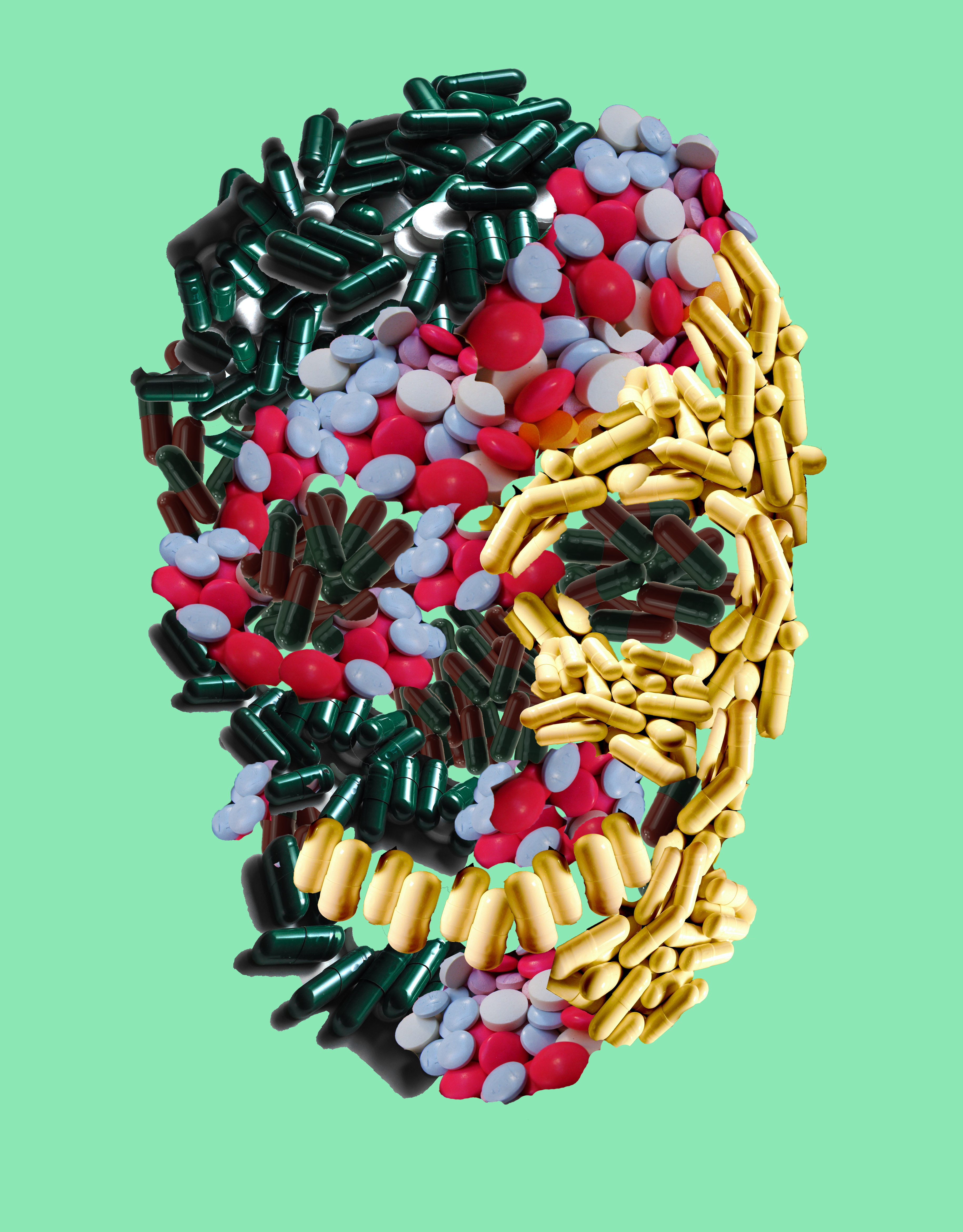The science behind drug addiction, and how drugs affect the body
It’s said we are creatures of habit. Sometimes though, those habits can turn into addictions. In this edition of The Healthy Side, we are going to explore drug addiction and its real effects on the body.
Drug addiction is an organic disease of the body. Using addictive substances literally changes the brain’s chemistry, leading to a strong physical dependency on them.
The brain is a very complex organ, made up of billions of cells called neurons. The connections between these neurons is what enables us to think, move, feel, act and essentially process every conscious and unconscious intake of environmental stimuli and respond accordingly.
You may have heard that there is electrical current in the brain.
A neurotransmitter can be excitatory or inhibitory—that is, it may contribute to exciting the next neuron or inhibiting its excitation. For our purposes, we are going to talk about a well-known excitatory neurotransmitter called dopamine. Dopamine, along with a few other neurotransmitters, is responsible for making you feel good.
Once dopamine is released via transporters in the producing cell, called the presynaptic cell, it temporarily latches on to the receptors on the surface of its target, called the postsynaptic cell, and causes further actions to occur in that cell.
The dopamine itself is not taken in by the target cell—its binding is temporary and after a short period it is detached and taken back into the presynaptic cell.
Substances can affect and alter this natural pathway in three broad ways:
- Overproduction of dopamine: the opioid family of substances such as heroin and fentanyl stimulate VTA to over-produce dopamine. This rush of abnormally large amounts of dopamine hits the user with a sudden and very strong feeling of euphoria. An unfortunate side-effect of opioids is slowing down breathing. This can be particularly dangerous if mixed with other substances that also slow down the body such as alcohol, anti-anxiety medications and other opioids. Current statistics indicate every 19 minutes, someone dies from accidental prescription drug overdose (most of them containing opioids).
- Blockage of the transporters: drugs such as cocaine quickly enter the brain and bind to the transporters on the presynaptic cell, blocking dopamine from being taken back inside. This accumulates large amounts of dopamine in the space between these cells (called the synaptic cleft) and for longer. Constant presence of larger than normal levels of dopamine in the cleft causes the postsynaptic cell to be hyper-activated, leading to a prolonged feeling of euphoria. This establishes a powerful link between this feeling and the drug – which makes the user want to use it again.
- Stimulation and blockage: amphetamine family of drugs behave both like opioids and cocaine. In lower dosage, meth acts like cocaine in blocking the uptake of dopamine back to the presynaptic cell. In higher doses, in addition to the blocking effect, meth stimulates the presynaptic cell to release even more dopamine. Because of this dual effect, the accumulation of dopamine in the synaptic cleft becomes extreme, leading to dangerously high hyper-activation of the postsynaptic cell. This results in an extreme feeling of euphoria making meth incredibly addictive.
Drugs alter how the reward centre communicates with the rest of the brain: affecting emotions, movement, reasoning and decision making. Repeated use of these drugs makes changes to the chemistry of the brain, which eventually prevents the user from experiencing the same euphoria when first using the drug: the user builds tolerance toward the substance.
Fardad is a science student here at Concordia. He wants to share his research and learning about the science field with the Concordia community.
Graphic by Florence Yee
